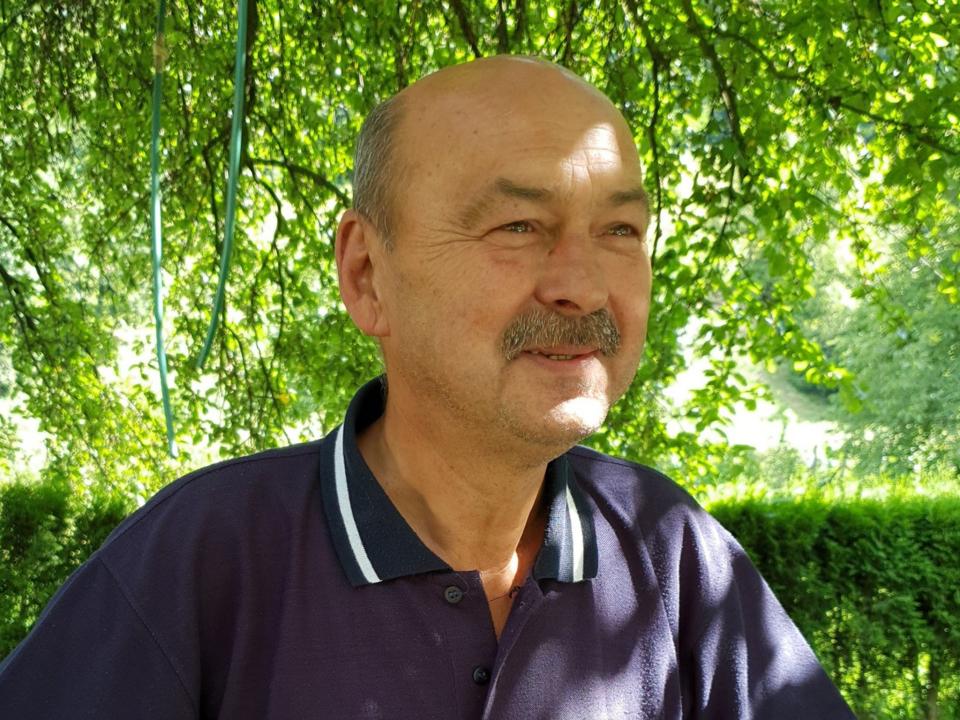When you follow the gun trail, you sometimes end up in unexpected places

I’ve always wanted to find out where the guns came from. Who were the ‘willing accomplices’ to the wars I witnessed?
In 1996, I traced to its Boeing makers in the deep south of the US a missile fired by the Israelis at a Lebanese ambulance. It killed two women and four children. I even went to Georgia and met the developers of the rocket that killed them. And in Syria, deep in the basement of a bombed Nusra-al-Qaeda headquarters in Aleppo, I found hundreds of mortars – along with their shipment documents and factory instructions. They were to be used against the Assad regime. But who had supplied them?
They had been made in Novi Travnik in Bosnia, a town I knew well because I had covered the Bosnian war. One of the shipment papers carried the dispatcher’s name: Ifet Krnjic. I felt – I absolutely believed — I could find this man. A hunch? No. I set off to Novi Tavnik with the conviction that this man was there and would talk to me. And we found him, mowing his lawn on a Sunday afternoon in a neighbouring village.
As our cameras rolled and I pulled out my notepad, Krnjic touched the document I’d brought from Aleppo, pointed to his name and said: “That’s my signature.” Who did he send them to? The Saudis, he said. A Saudi minister and three Saudi army officers had visited him at the factory.
Gotcha! I thought. Krnjic was an honourable and good man, a member of the old Yugoslav Communist party. He wanted to tell the truth and he understood what I was after: how did these mortars reach Syria?
The Saudis denied it all, of course, as if the documents and the mortars were fake. They had no part in this, they said. I thought very differently. These weapons – there were more mortars in that basement than the entire British army possessed – were, I was sure, shipped to Saudi Arabia and then to Turkey and then crossed the Syrian border to the city in which I found them, 12 miles from the frontier, in Aleppo.
It was old-style journalism, I know. But why call it ‘old-style’? It’s the only way. It’s journalism, I think, as it should be. You can’t investigate weapons movements on this scale on social media. This was the real thing: hunting down the facts by clambering through ruins and then flying and driving across thousands of miles until you find the one man who can tell the whole story. From the wreckage of Aleppo to the fields of Bosnia.
When I think of the story The Independent got that day, I still smile to myself. Maybe reporters and cops have a lot in common. Detective Inspector Fisk got his man.
The fourth instalment of Robert Fisk's This Is Not A Movie series will appear on Thursday 12th December. Read the first instalment here and the second here

 Yahoo News
Yahoo News 